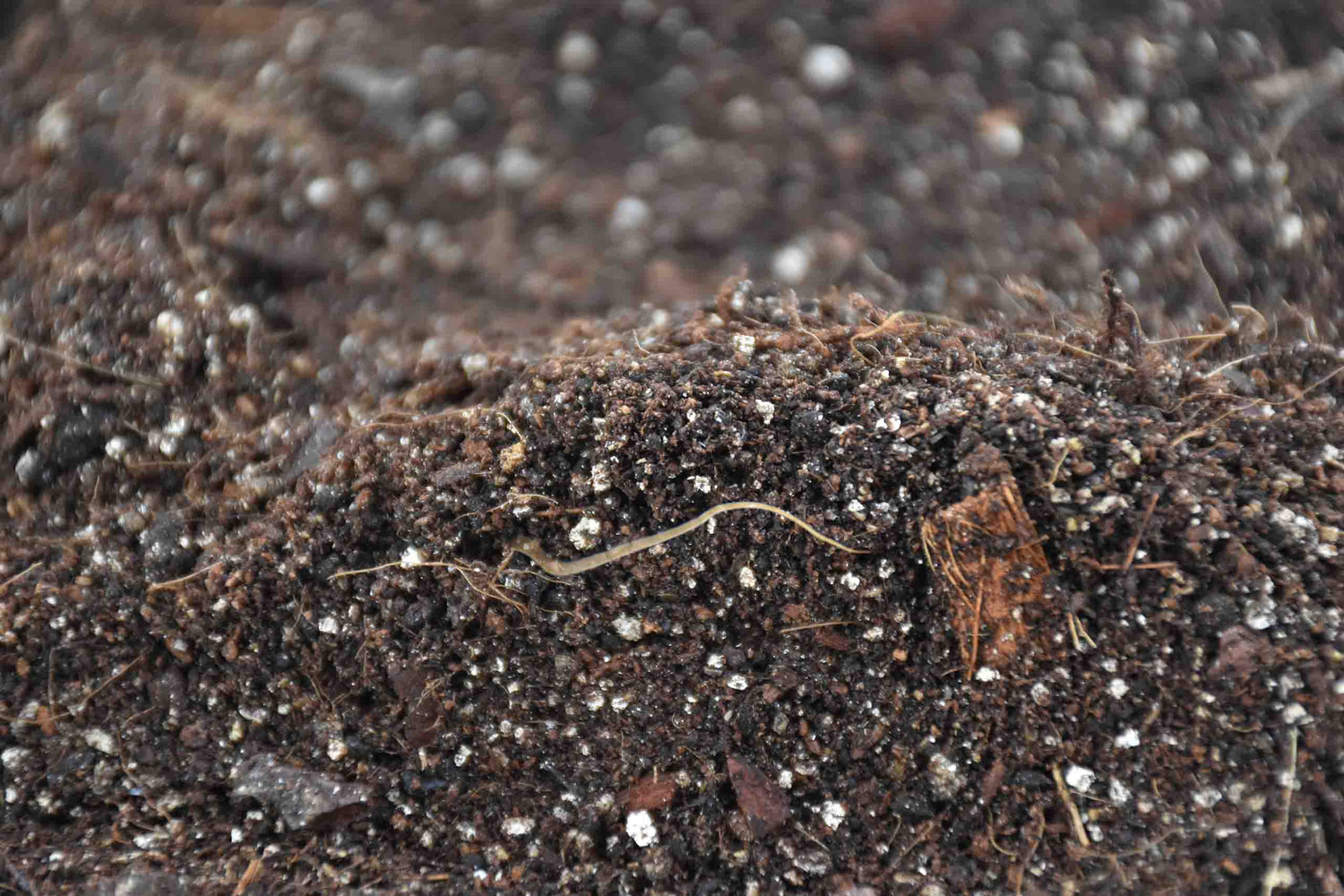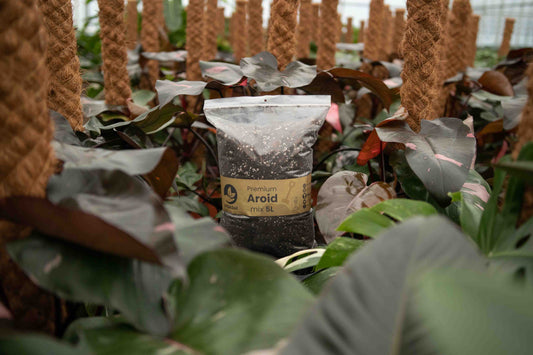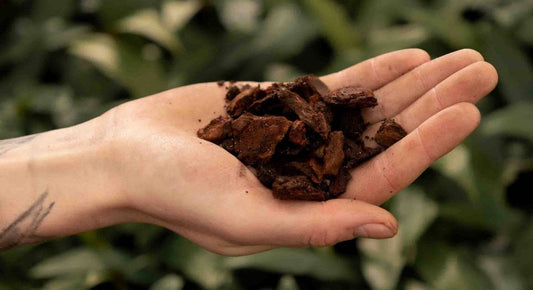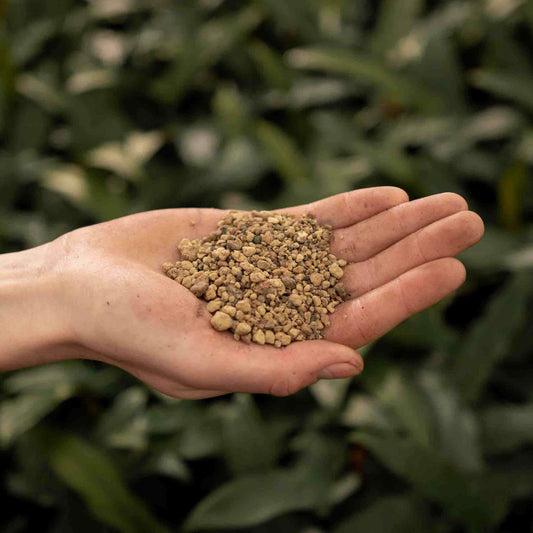Coco coir is one of the most popular base ingredients in houseplant soil—but there’s a lot of confusion around what it is and how to use it. Is it better than peat? Does it hold enough nutrients? Can you use it alone, or does it need to be mixed? Whether you're growing tropicals, succulents, or starting cuttings, understanding coco coir is key to keeping your plants healthy and thriving.
That’s why we created this FAQ — to answer everything you might wonder about regarding coco coir for houseplants.





